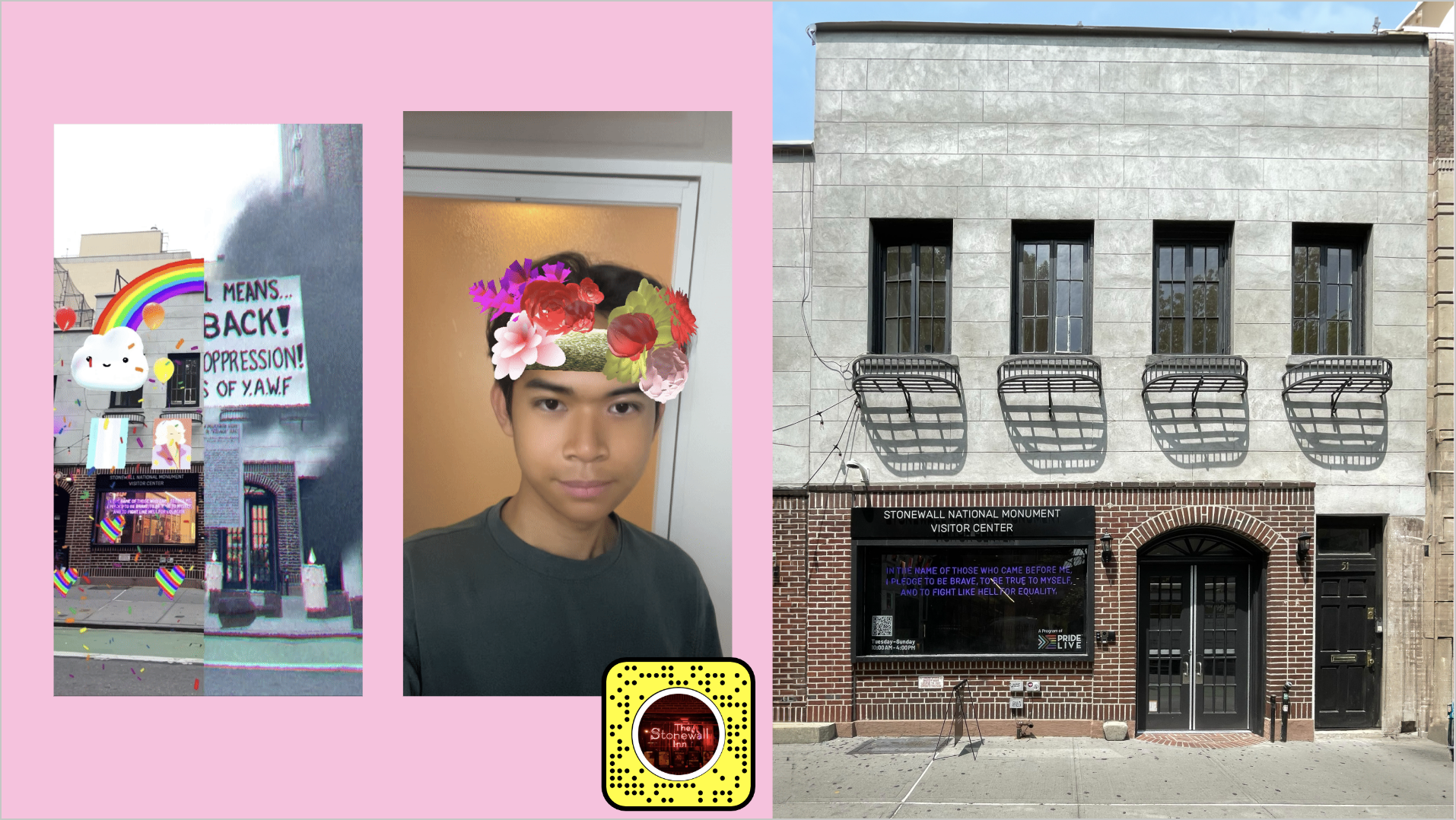Views of Stonewall
A Snap Lens Fest Award Finalist that lets you see the past and present of Pride.![]()
Brief
Under the direction of Snap Inc. within the Snap Lens Academy, we were tasked with leveraging Augmented Reality to build unique experiences to promote greater social consciousness and help shape a more positive future. With our chosen topic of Inclusive Identity, we used Custom Location-Based AR to build a lens focused on the Stonewall Inn National Monument and the 1969 Stonewall Riots. This was done to center and uplift our target audience: transgender women of color who face marginalization and erasure to this day.
Under the direction of Snap Inc. within the Snap Lens Academy, we were tasked with leveraging Augmented Reality to build unique experiences to promote greater social consciousness and help shape a more positive future. With our chosen topic of Inclusive Identity, we used Custom Location-Based AR to build a lens focused on the Stonewall Inn National Monument and the 1969 Stonewall Riots. This was done to center and uplift our target audience: transgender women of color who face marginalization and erasure to this day.
Time Frame: July 22nd 2024 - August 13th 2024 (4 Weeks)
Skills:
- Augmented Reality
- 3D Modeling
- User Research
- UI/UX Design
- Product Design
Tools: Snap Lens Studio, Blender, After Effects, Figma
Skills:
- Augmented Reality
- 3D Modeling
- User Research
- UI/UX Design
- Product Design
Tools: Snap Lens Studio, Blender, After Effects, Figma
The Team
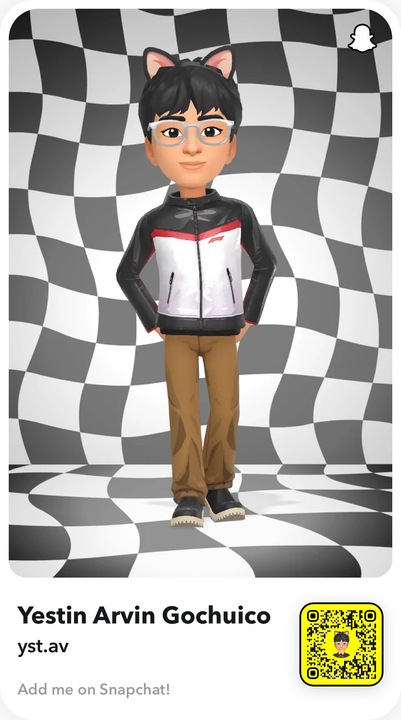
Yestin Arvin Gochuico
Miami, FL
Technical Artist
Visual Designer
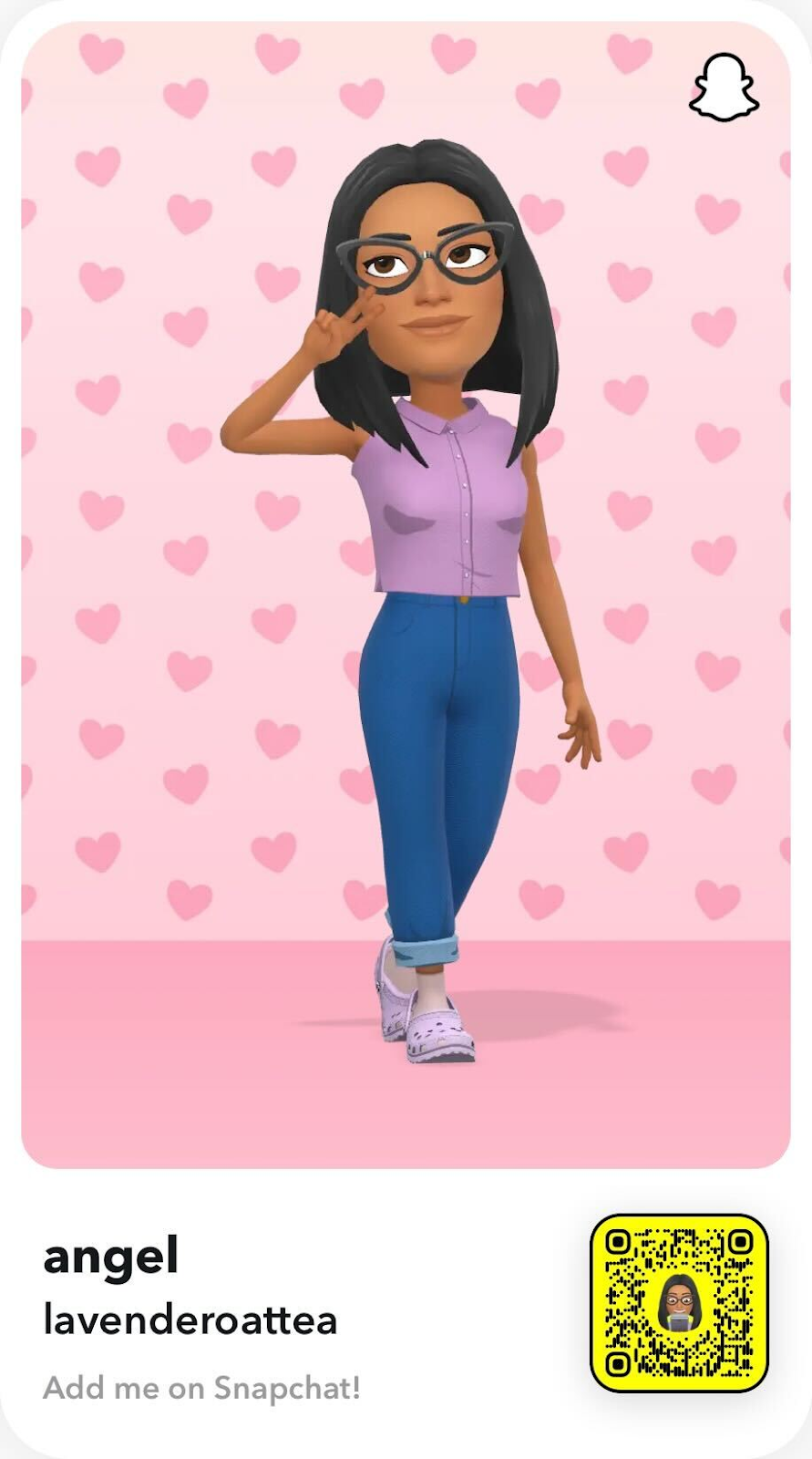
Angel Tolentino
Los Angeles, CA
Project Manager
Visual Designer

Saumya Tripathi
New York, NY
Quality Assurance Analyst
Visual Designer
Yestin Arvin Gochuico
Miami, FL
Technical Artist
Visual Designer
Angel Tolentino
Los Angeles, CA
Project Manager
Visual Designer
Saumya Tripathi
New York, NY
Quality Assurance Analyst
Visual Designer
Contributions
As project manager, I supported the project by defining the goals of the project, establishing responsibilities, delegating tasks, and monitoring the progress of the lens until its release. I also guided the direction of the lens as the team member most knowledgable on the Stonewall Riots and Inclusive Identity. We each worked as visual designers for the lens from its storyboards to full creation with which I highlight my contributions below. Additionally, the final pitch presentation at the end of the SLA program was made collaboratively.Problem
Inclusive Identity (Gender Identity, Sexual Orientation, & Ethnicity) is a wide ranging topic, so we decided to initially narrow our focus down to LGBT+ Pride. So we turned to its origins: Stonewall. The Stonewall Inn was the site for the 1969 Stonewall Riots, a riot sparked by bar patrons and local residents who responded in protest to the police raid that occurred at the bar. It sparked many protests and is seen as a catalyst for the gay rights movement.
Insights
We found that nearly half of all Americans don’t know about the Stonewall Riots.
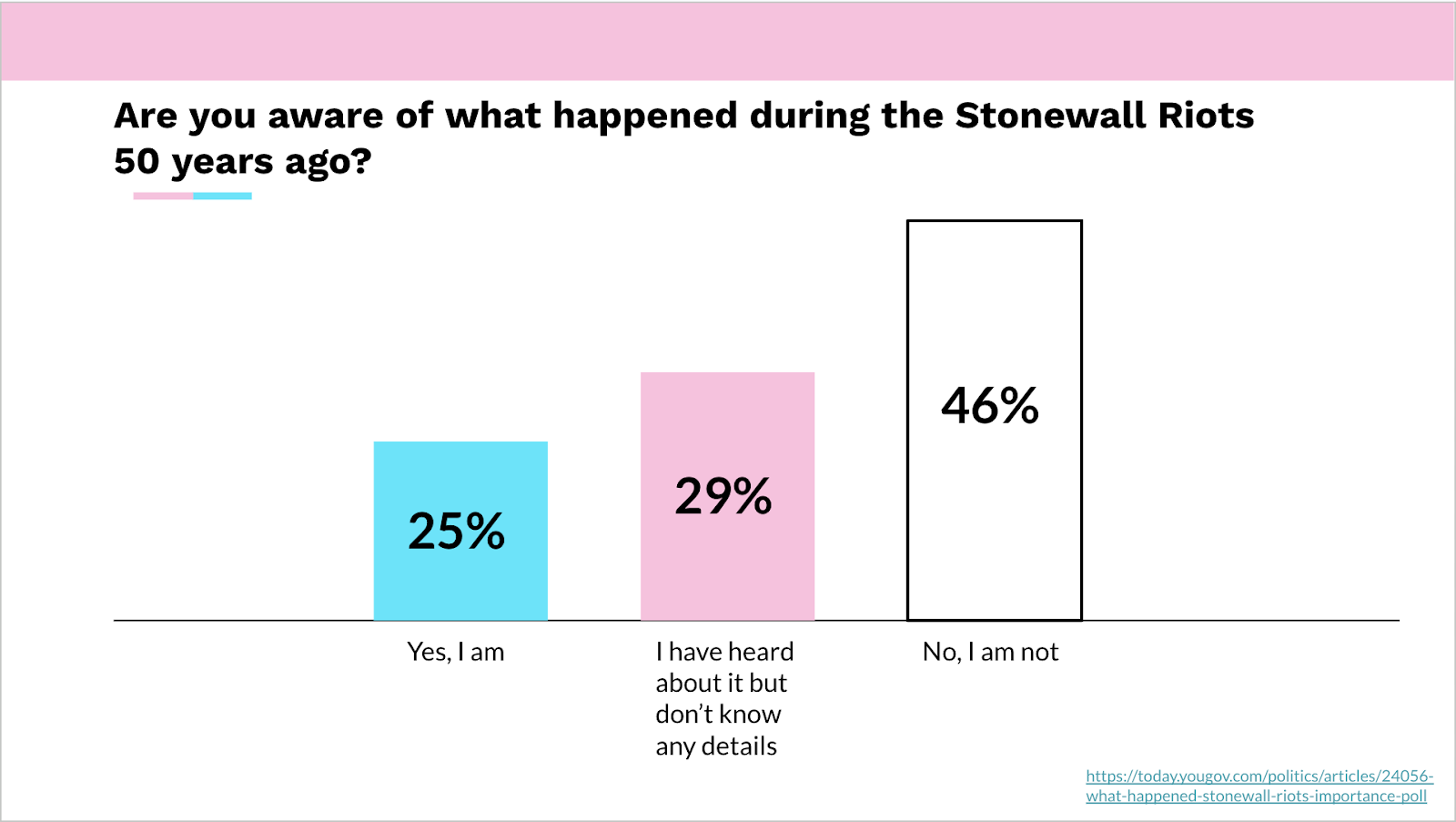
Not only that, but narratives around Stonewall are misinformed. It was started primarily by queer and trans people of color who attended the bar. This quote by Jason Baumann, a writer and archivist, puts it succinctly:

“…an even greater challenge has been the way the LGBTQ archives we have inherited have already been structured by the exclusion from the record of the voices of people of color.”
- Jason Baumann, The Stonewall Reader
This all reflects our present, where anti-LGBTQ+ hate is still prevalent to this day. Specifically, transgender women of color face higher rates of violence and sometimes don’t even have support from those within the community.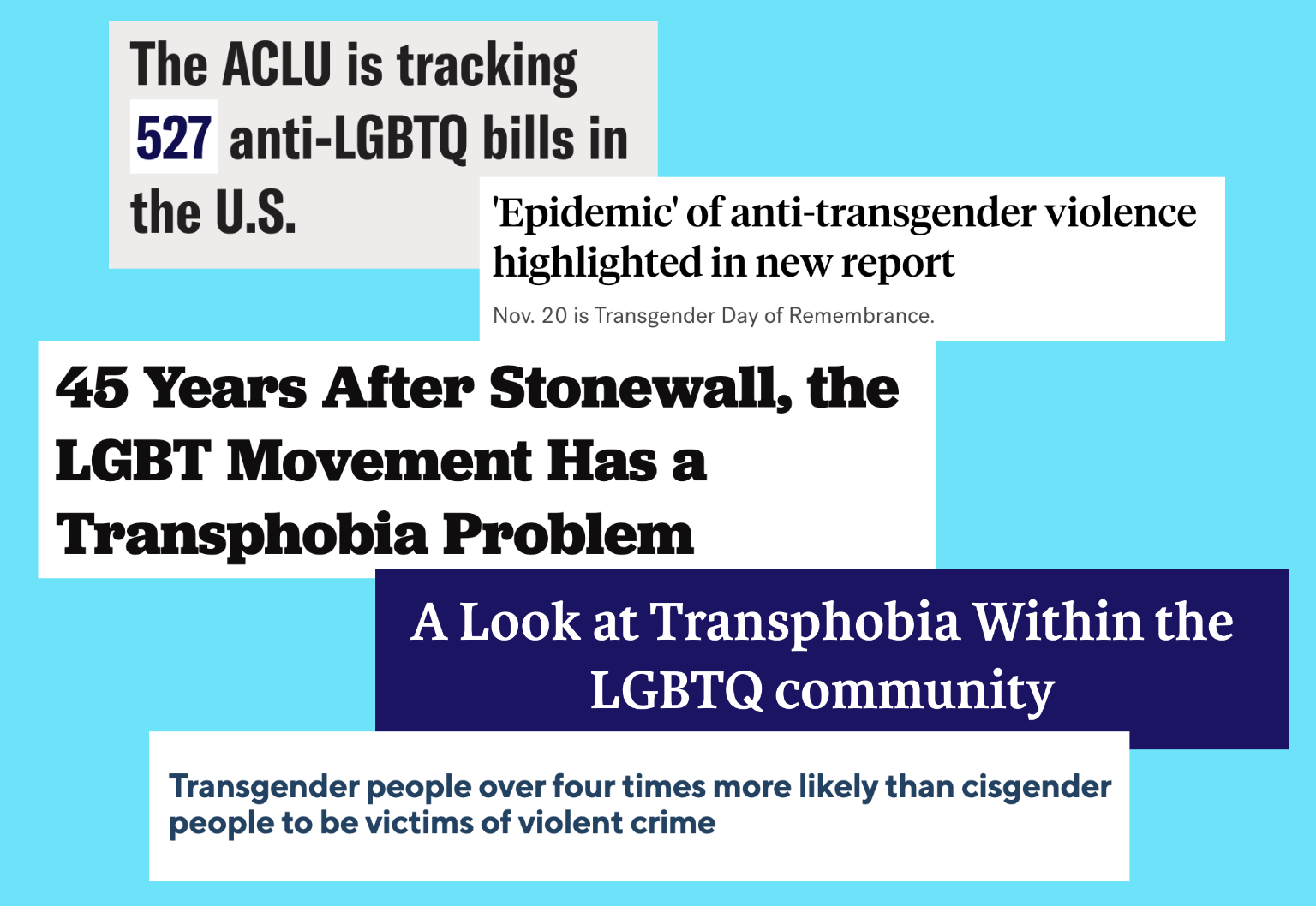
“…an even greater challenge has been the way the LGBTQ archives we have inherited have already been structured by the exclusion from the record of the voices of people of color.”
- Jason Baumann, The Stonewall Reader
Our Solution
With all of this in mind, we set out to create a project for a front lens and an immersive world lens experience that showcases the evolution of Pride. This is important because the current historical narrative is nuanced, and we aim to support it by educating and raising awareness. It uses the location of the Stonewall Inn to showcase the celebratory nature of Pride today, along with the history of Pride as a form of protest in the past.Process
Storyboarding
Creating the storyboard in Figma allowed us to visualize our concept, list all the key details we would need to create for its assets, and settle upon a minimum viable product. It is divided into specifically the front and back camera. From here, I specifically organized the asset list to go through so that we could delegate each piece.
3D Modeling
Many different components were made for this lens. I handled 3D asset creation for the flower crown for the front camera as well as the banner and newspaper assets for the protest scene.
Banner from a Stonewall protest recreated in Photoshop.

3D Asset created from the Stonewall asset in Blender.

Assets were then imported into Lens Studio such as the newspaper article of the Stonewall Riots.
Marsha P Johnson was known for her beautiful flower crowns. Originally, it was modeled in blender by me before switching to using Lens Studio’s Flower Maker tool in their asset library for better optimization.

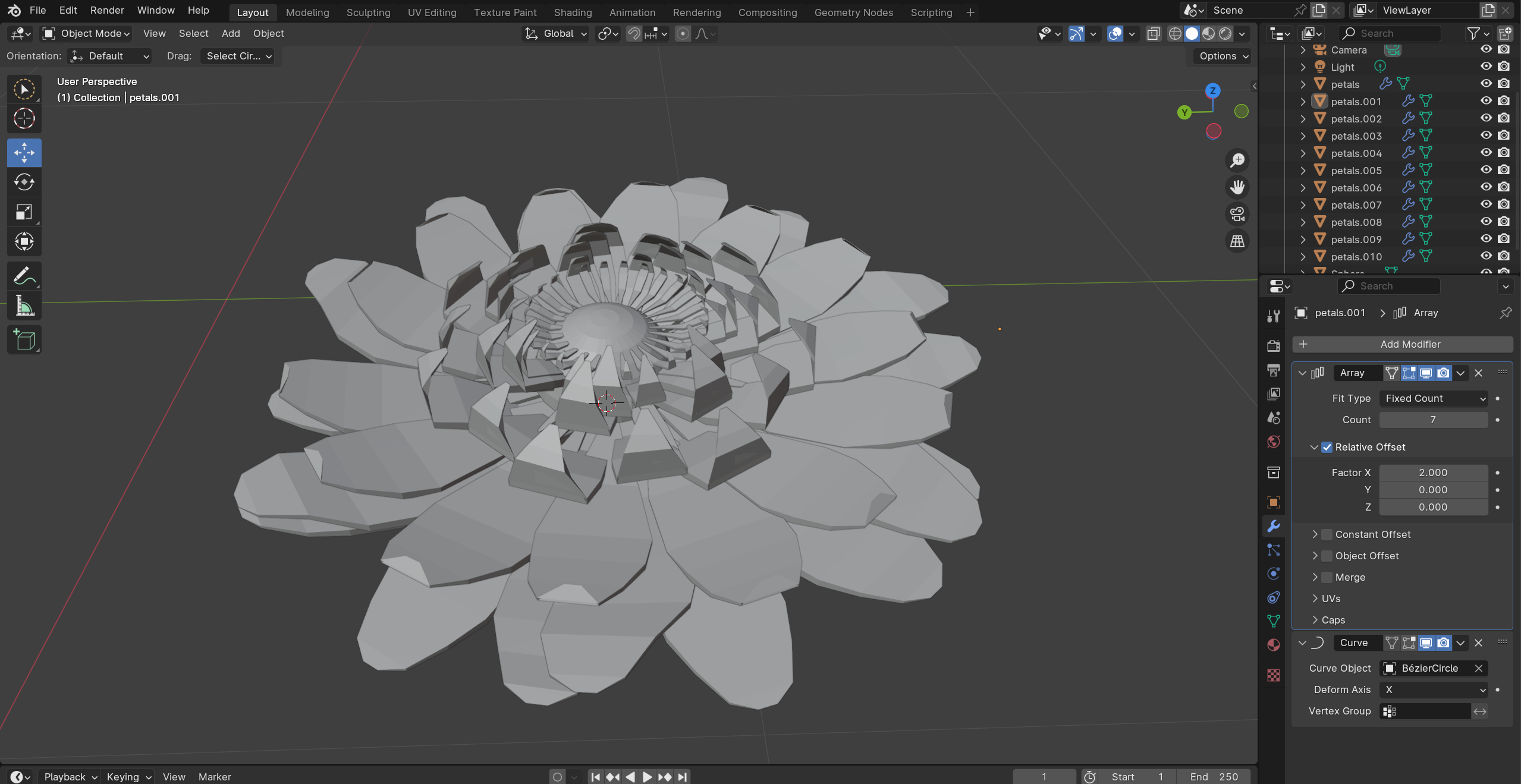



Custom Location AR Testing
One challenge we had was that the Stonewall Inn had scaffolding up, so we pivoted to using the Visitor’s Center next door. In order to make sure the lens worked properly, Saumya tested the lens on site at the Stonewall Inn while me and Yestin updated the lens in real-time using Lens Studio remotely.Results: Our Final Lens
The lens features both a Pride/Protest Scene, along with the front lens experience of a flower crown.Try it for Yourself!
While it is a custom location-based AR lens, there is still some functionality scanning the code and using it with a still image. Try it out for yourself, and hopefully visit the living monument yourself one day!